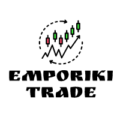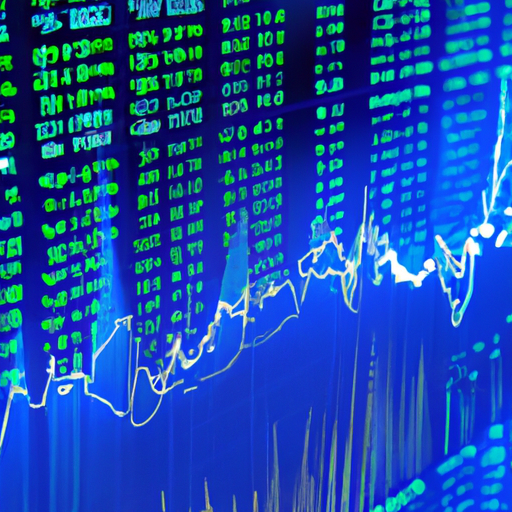Drawdown Management
Understanding drawdown management in trading
Drawdown management is crucial for any trader looking to sustain and grow their trading account. Whether you’re into autotrading, trading systems, or high-frequency trading, managing drawdowns effectively can make the difference between success and failure.
What is drawdown?
A drawdown refers to the decline from a peak in your trading account to a low before a new peak is achieved. In simpler terms, it’s the amount you lose before you start winning again. For instance, if your trading account grows from $10,000 to $15,000 and then falls back to $12,000, the drawdown is $3,000 or 20%.
Understanding this concept is essential because it helps you measure risk and gauge the effectiveness of your trading strategies.
The importance of drawdown management
Managing drawdowns isn’t just about minimizing losses; it’s about maintaining your mental composure and staying in the game long enough to see profitable trades. Imagine you’re using an advanced trading system that promises high returns but has significant drawdowns. Without proper management, you might exit prematurely and miss out on potential profits.
Effective drawdown management ensures that:
– You maintain a healthier trading account.
– You reduce emotional stress associated with large losses.
– You stay disciplined and stick to your trading plan.
Real-life example: the tale of two traders
Let’s consider two traders: alice and bob.
Alice uses a robust risk management strategy that includes strict drawdown limits. She can sustain her account even through rough patches.
Bob, on the other hand, ignores drawdown management. His large losses lead him to make impulsive decisions, resulting in further losses. Over time, alice’s disciplined approach pays off while bob struggles to stay afloat.
This real-life scenario illustrates how critical managing drawdowns can be for long-term success in trading.
Strategies for effective drawdown management
Now that we understand what drawdowns are and why they matter let’s dive into some strategies for effective management:
1. Position sizing
One of the simplest yet most effective ways to manage drawdowns is by controlling your position size. By risking only a small percentage of your capital on each trade (typically 1-2%), you limit potential losses. This approach helps keep your overall risk low even during losing streaks.
For example:
If you have a $10,000 account and decide to risk 1% per trade, you’ll only risk $100 per trade. Even if you face consecutive losses, your capital won’t deplete rapidly.
2. Diversification
Diversification involves spreading your investments across different assets or markets to minimize risk. By not putting all your eggs in one basket, you reduce exposure to any single point of failure.
For instance:
If you’re heavily invested in tech stocks and they take a hit due to market conditions or industry-specific news, having investments in other sectors like healthcare or energy can cushion the blow.
3. Using stop-loss orders
Stop-loss orders automatically sell an asset when its price reaches a predetermined level. This tool helps cap potential losses without requiring constant monitoring of market movements.
For example:
If you buy a stock at $50 with a stop-loss set at $45, you’ll limit your loss to $5 per share if the stock price drops unexpectedly.
4. Implementing trading strategies with low drawdowns
Certain trading strategies inherently have lower drawdowns compared to others.
Backtesting various strategies can help identify those with favorable risk-reward profiles.
Some traders prefer algorithmic or automated systems for this purpose because they can rigorously test numerous scenarios quickly.
For example:
A strategy focusing on mean reversion might have smaller but more frequent trades compared
To trend-following systems which may experience longer periods of inactivity followed by
Substantial gains or losses.
The role of risk management in drawdown control
Risk management goes hand-in-hand with drawdown control.
By setting clear rules around how much capital you’re willing
To lose before reassessing or adjusting positions,
You create boundaries that protect against catastrophic failures.
Some key elements include:
– Establishing maximum allowable loss limits per day/week/month
– Regularly reviewing performance metrics
– Adjusting leverage based on market conditions
These practices ensure that no single trade—or series thereof—can wipe out significant portions
Of capital.
High-frequency trading and drawdowns
High-frequency traders (hfts) operate differently from traditional investors due largely
To their incredibly fast transaction times measured in milliseconds rather than minutes/hours/days.
However,
The principles behind managing risks remain similar:
Even small percentage changes accumulate rapidly given high volumes traded daily/weekly/monthly!
Thus,
Hft firms often employ sophisticated algorithms designed specifically around minimizing both individual transaction-level risks & aggregate portfolio-level exposures simultaneously ensuring maximum profitability whilst keeping cumulative draws minimal!
In conclusion…
Managing draws effectively requires discipline,
Patience, & Strategic foresight!
By implementing sound practices such as position sizing/diversification/stop-losses/etc…
You’ll not only safeguard capital but also enhance overall profitability potential over extended periods regardless whether engaging manually via discretionary methods vs leveraging cutting-edge automated solutions alike!







